| True to form the A(N&SW)D&R had a jumble of locomotives obtained from a variety of sources. They fell into two groups; those used around the
docks and those used on the 'Mainline' up to Pontypridd.
Most of the 'Mainline' locos were bought secondhand from the Mersy Railway in 1903 to 1905. Prior to this date the coal and goods services were run by the Taff Vale Railway. |
|---|
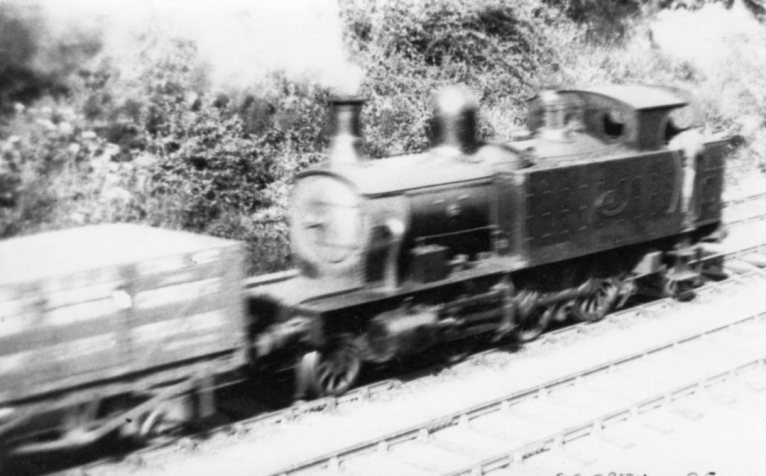 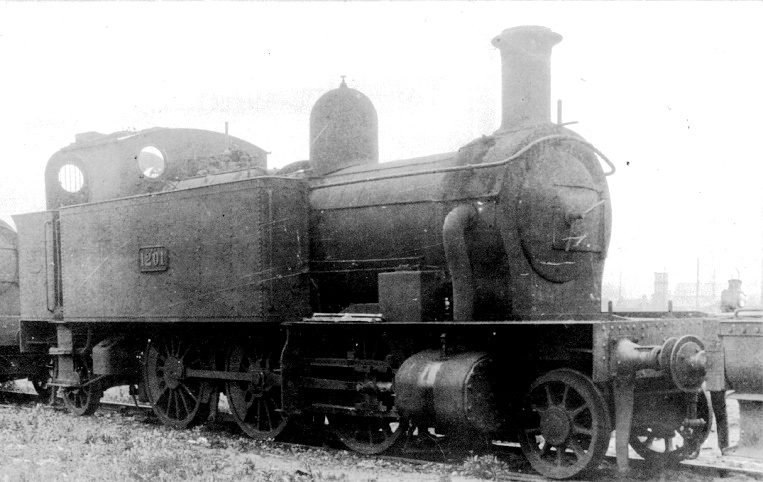 |
Numbers 6 to 11 were originally built for the Mersey Railway. The A(N&SW)D&R bought them and removed their condensing gear. At the grouping they
were renumbered 1207, 1208, 1209, 1211, 1201 and 1204 respectively. Top. An unidentified loco is seen in A(N&SW)D&R days leading a freight train down the PC&N towards Newport. Bottom. GWR 1201 (A(N&SW)D&R 10) is seen here between turns at Newport Pill shed in more or less pre-grouping condition with only the numberplate being changed. In later days the numberplate was moved from the tanks to the bunker, as was normal GWR practise. |
|---|---|
| Number 14 was built by the GWR as 1426. It was bought in 1911 and used to operate one of the 'auto' trains between Pontypridd and Machen. In 1919 it was sent away to xxx to have a new boiler fitted. During this time it received new safety valves and a bunker mounted weather plate. |  |
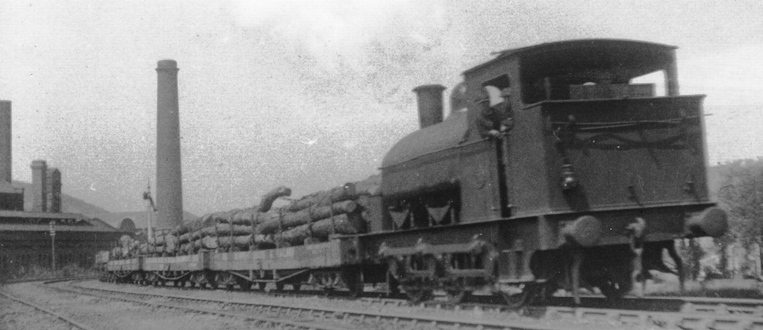  | Number 21 (top) was a normal 0-6-0ST which would normally have been found shutting the docks at Newport. However this photo shews that it did make
it along the mainline on at least one occasion. Like sister engine 20 (bottom), number 21 was built by R Stephenson & Co for the A(N&SW)D&R in 1894. They were renumbered 669 & 670. |
| Numbers 22 to 24 were also originally built for the Mersey Railway.
Although not one of the Mersey locomotives bought by the A(N&SW)D&R, it is worth noting that Mersey Railway no.5 Cecil Raikes has survivied and is preserved by the Liverpool museums. |
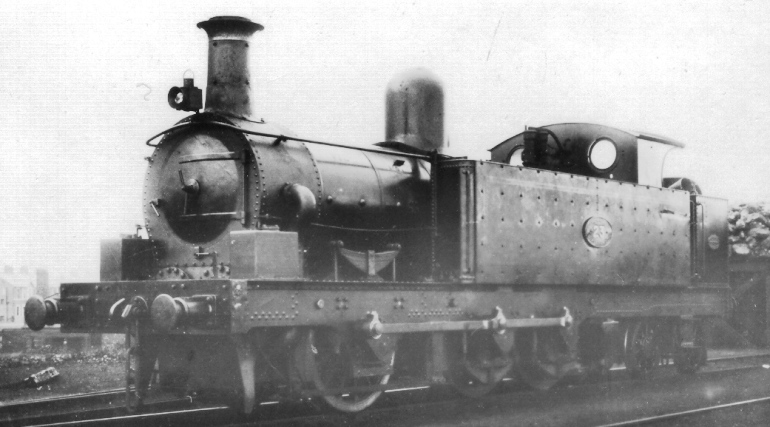 |
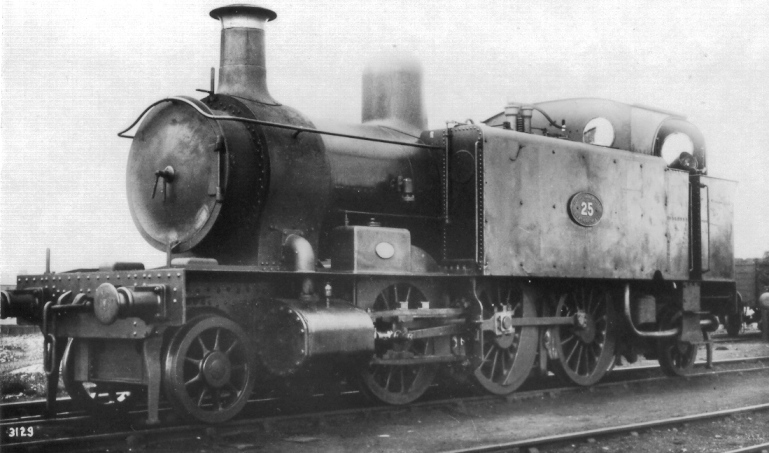 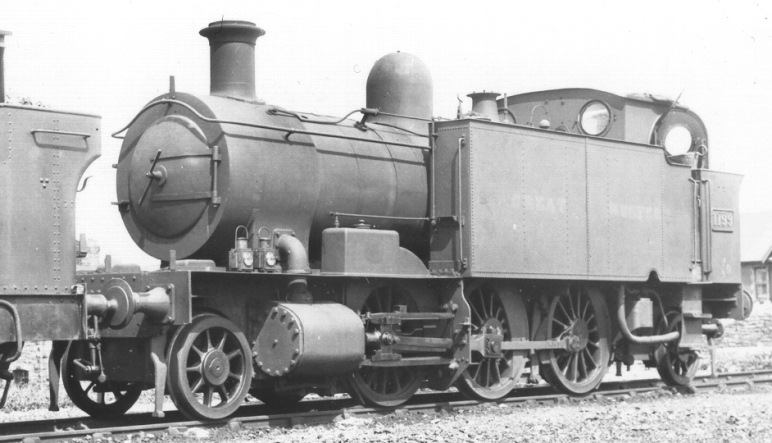 |
Number 25 is the final locomotive that was originally built for the Mersey Railway. It was renumbered 1199 by the GWR. In 1925 the smokebox extension was enlarged to make it flush with the main part of the smokebox. At the same time it received new tank and the normal Swindon embelishments; safety valve cover, chimney and GW buffers. |
| Numbers 27 & 28 were built by the GWR as 1661 class 0-6-0ST, numbers 1679 & 1683 in 1886. Although looking similar to other GWR saddle tanks they were
unusual as they had 5'2" diameter wheels, rather than the more common 4'7". These larger wheels made them unsuitable for goods trains as they were deficient
in brake power. The A(N&SW)D&R bought them in 1906 and used to operate the
'auto' trains between Pontypridd and Machen. The middle photo shews the 'auto' train at Glyn-Taf Interchange Sidings. This train is not an auto
train as you would expect as there was no driving compartment in either coach and the locos were not fitted with auto gear.
The pair were not exclusively used on passenger trains as this lower photo shews number 28 having derailed and toppled down an embankment with a Goods Break Van in tow. It appears that the accident occurred on 4th January 1907 at Bassaleg Junction. The loco and break van were travelling along the A((N&SW)D&R from Newport towards Pontypridd and about to go onto the Brecon & Merthyr line. But the signal was at danger and they derailed on the catch points and tumbled down the embankment in to the cricket field. Today the cricket field is known as the Whitehead Sport and Social club. 28 was recovered, repaired and put back into service. It's not known whether the break van was repaired or scrapped on the scene. At the Grouping, 27 & 28 regained their old GWR numbers. They were scrapped in 1926. |
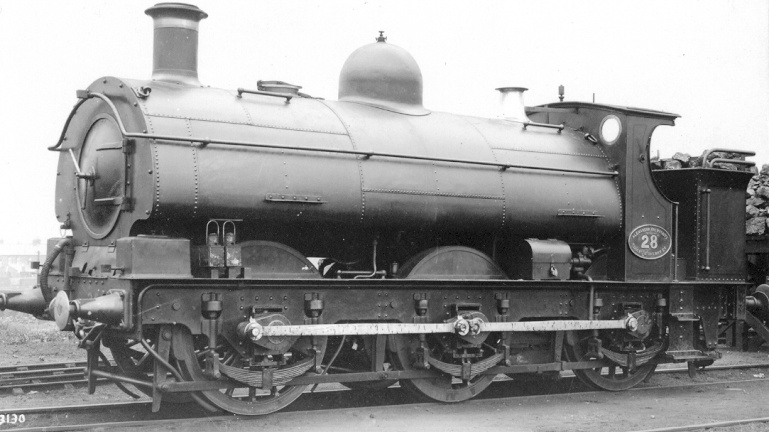 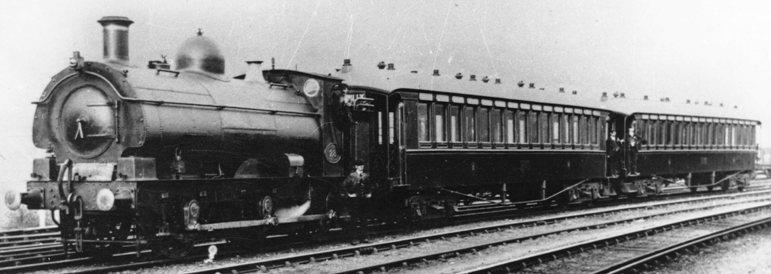 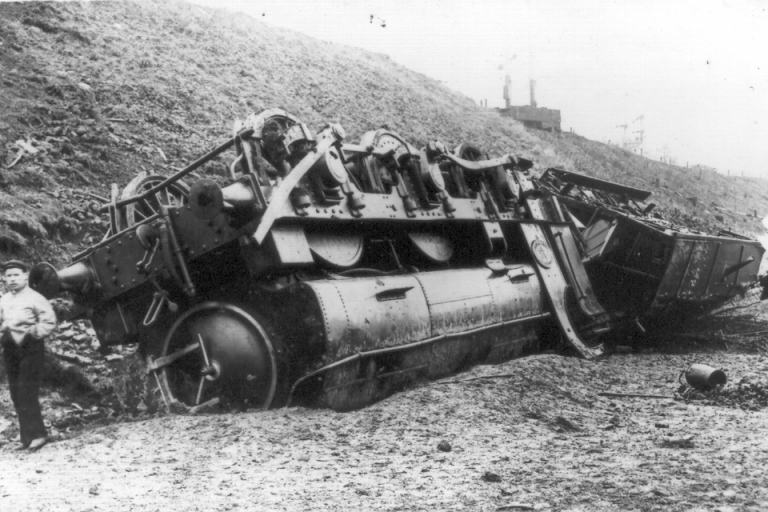 |
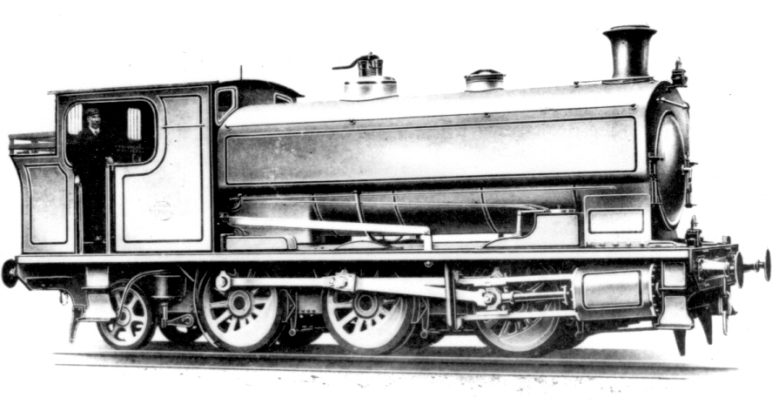 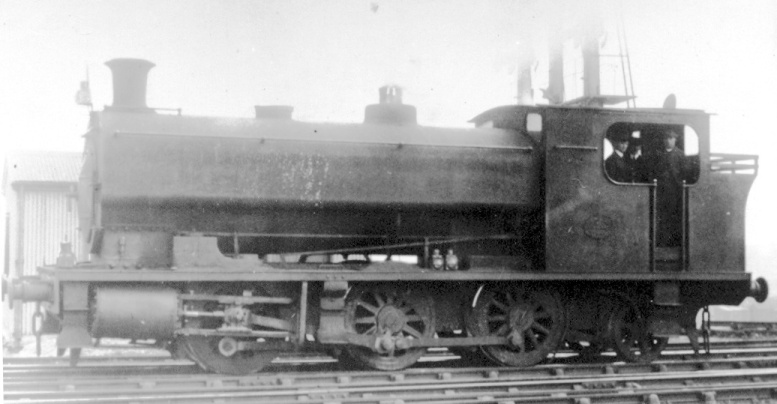 |
Numbers 29 to 31 were built in 1908 by Andrew Barclay. |